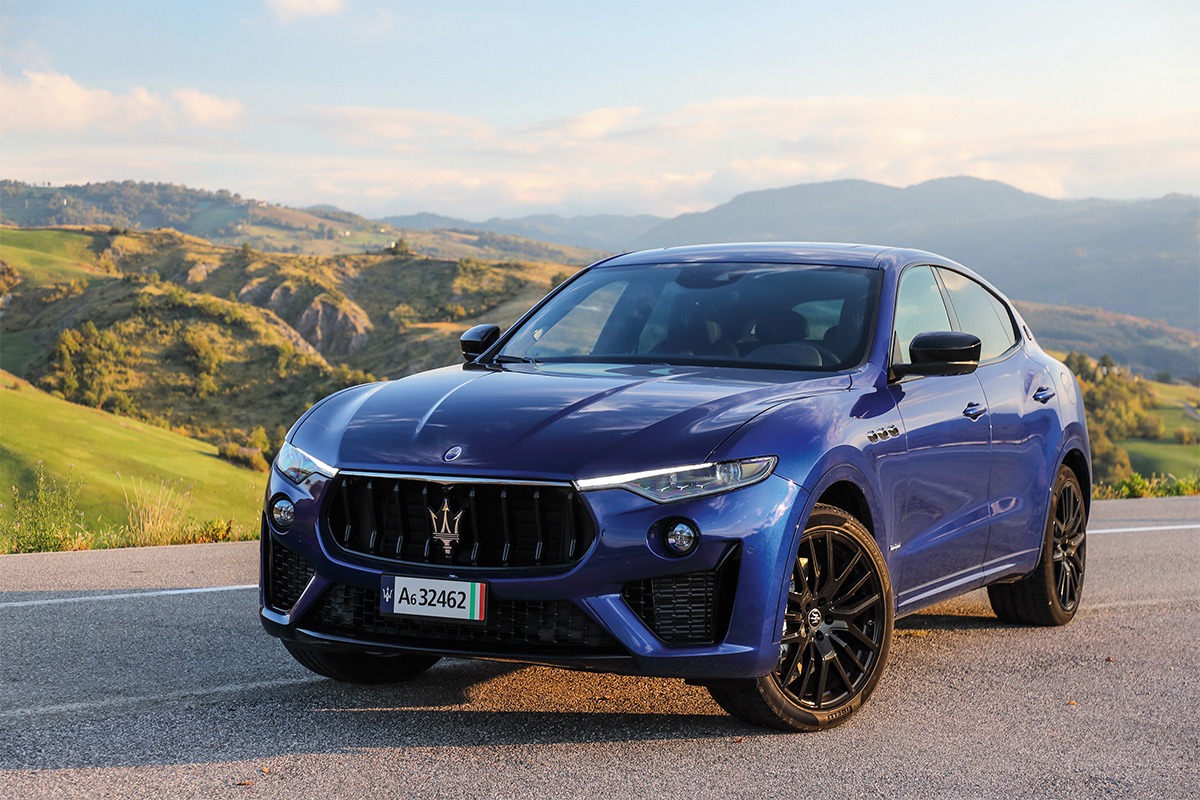
In the fourth part of our Driving Force series from the AW 2022/23 issue, LUX’s car reviewer gets behind the wheel of the Maserati Levante Granlusso
As the car industry moves into its new phase focused on electric and, in due course, autonomous motors, presumably there will be shifts in priority for consumers. Previously, you may have chosen a car for its exciting engine noise and performance advantage over rivals. In an autonomous, electric-car future, these factors will be uniform: all cars will go at the same speed and make the same (lack of) emotive sound.
So how will they be distinguished? Or will they not be distinguished at all? Will cars become like road-going versions of train carriages, the space inside them hired out by passengers?
It would be logical to presume that personal (as opposed to shared) automotive transportation will continue for the wealthier consumer and, with differentiation in the performance stakes no longer possible, design and luxury will come more to the forefront.
Follow LUX on Instagram: luxthemagazine
Designing a car’s interior to look striking is not as simple as creating a fashion collaboration for a sneaker, though. Like a plane’s, the interior of a car has to adhere to specific stipulations for safety, space, comfort and security. Materials also need to handle years of being sat on and scraped by (luxury) behinds. Which is why, we reflected, as we sat in the Maserati Levante Granlusso, it is rare to see an interior with this much style. The most luxury car interiors are fairly interchangeable. Not so this one.
It was designed by the Italian fashion house Ermenegildo Zegna – a special edition that is worth seeking out. There were swathes of what looked like men’s suit fabric along the seats and doors, and it had a delicious boudoir feel.
We subjected the Maserati to a longer test than usual, over a period of weeks rather than days, because this is a car designed as everyday luxury transportation, just as your Birkin is designed as an everyday luxury carrier of stuff. If you’re going to be using the car every day and will be seeing a lot of its interior, then it deserves serious consideration on this alone from anyone in the market for a mid-size luxury SUV. Everyone who experienced the car – friends, relatives and so on – commented on the interior. It’s a comfortable car under any circumstances, but the design touches give it a distinctiveness that is unique to this edition.
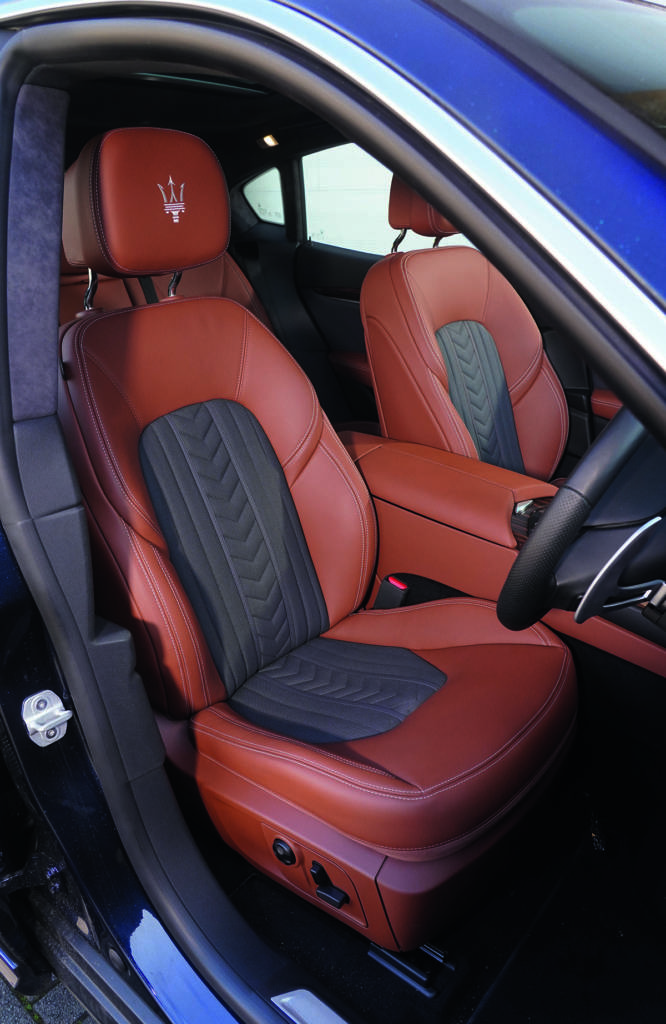
Embodying function and Italian flair, Maserati’s new mid-size luxury SUV is particularly distinctive for its fashion house-designed interior
Before we go further, let’s elaborate on the term “mid-size luxury SUV”. A few years back cars came in simple categories. Now there’s an infinite variety of what the industry calls “crossovers”: vehicles that are fluid in terms of categorisation, sometimes the better for it, too, and sometimes not, if you look at the more curious attempts at merging luxury, high-performance and bling. Fortunately, Maserati does not fall into this trap. It is a relatively simple, medium-sized (that is to say, pretty big by European standards and quite small by American standards), sporting off-road vehicle, the type seen on school runs and in luxury shopping streets globally.
Its shape is more quiet and harmonious than out-there and ostentatious, and all the better for it, unless your primary aim is to be noticed. It has a touch of Italian flair – more so than its Germanic rivals, like the Porsche Cayenne and BMW X5 – but not so much that it shouts at you. Unusually for an SUV, it attracted many compliments from people we encountered, and no inner-city anti-car hostility.
To drive, it felt a bit bigger than it is. The flowing shape means that it is hard to judge where the ends of the car are (the 360-degree camera was an advantage here). In a car with a Maserati badge, we expected something focused on performance and agility (as much as possible for a large, tall car) but, actually, the Maserati is aimed more towards the comfort end of the spectrum. This was fine most of the time, except occasionally the ride did get more lumpy than in a true luxury car, such as a Mercedes E-Class, and it was a shame not to have a bit more excitement on a twisty road. That is the essential compromise of these sport- utility vehicles – they encompass engineering challenges for the way they drive and ride. Still, it hasn’t hurt their sales and it would be a very sensitive driver or passenger who noted this.
Read more: Driving Force: Porsche Panamera 4S E-Hybrid
One thing you may notice, depending on how mechanically aware you are, is the engine. If you are part of a (now dwindling) demographic for whom an Italian car brand means a glorious, smooth and powerful engine, you will need to readjust for the diesel engine. It gets the car around effectively enough, but it’s not going to make you feel like a racing driver. It is functional, which is slightly out of kilter with the car’s flair.
And it is flair that we keep going back to. In a world of increasingly homogeneous cars notable for their efficiency, Maserati has succeeded in making a comfortable, functional, spacious everyday car with a splash of luxury. That is an attractive trait in itself, and a very nice place to be when you are sitting in everyday traffic surrounded by your Zegna-fabric interior.
Find out more: maserati.com
This article first appeared in the Autumn/Winter 2022/23 issue of LUX



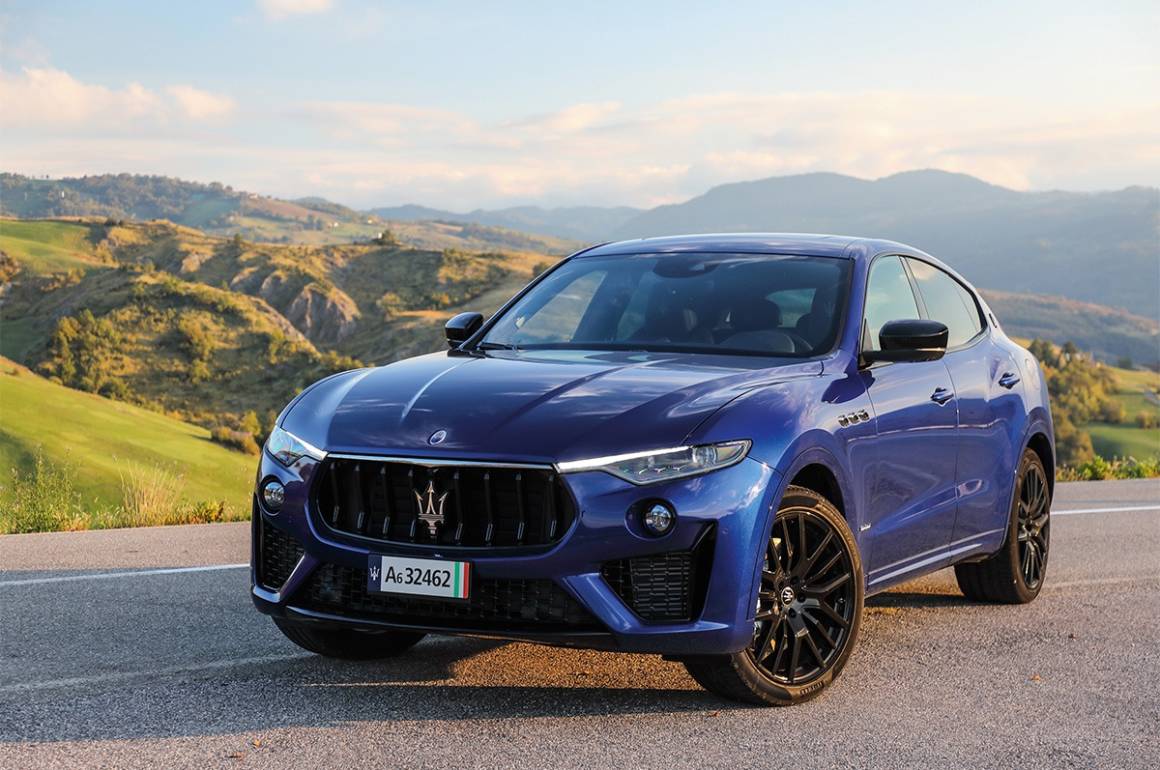
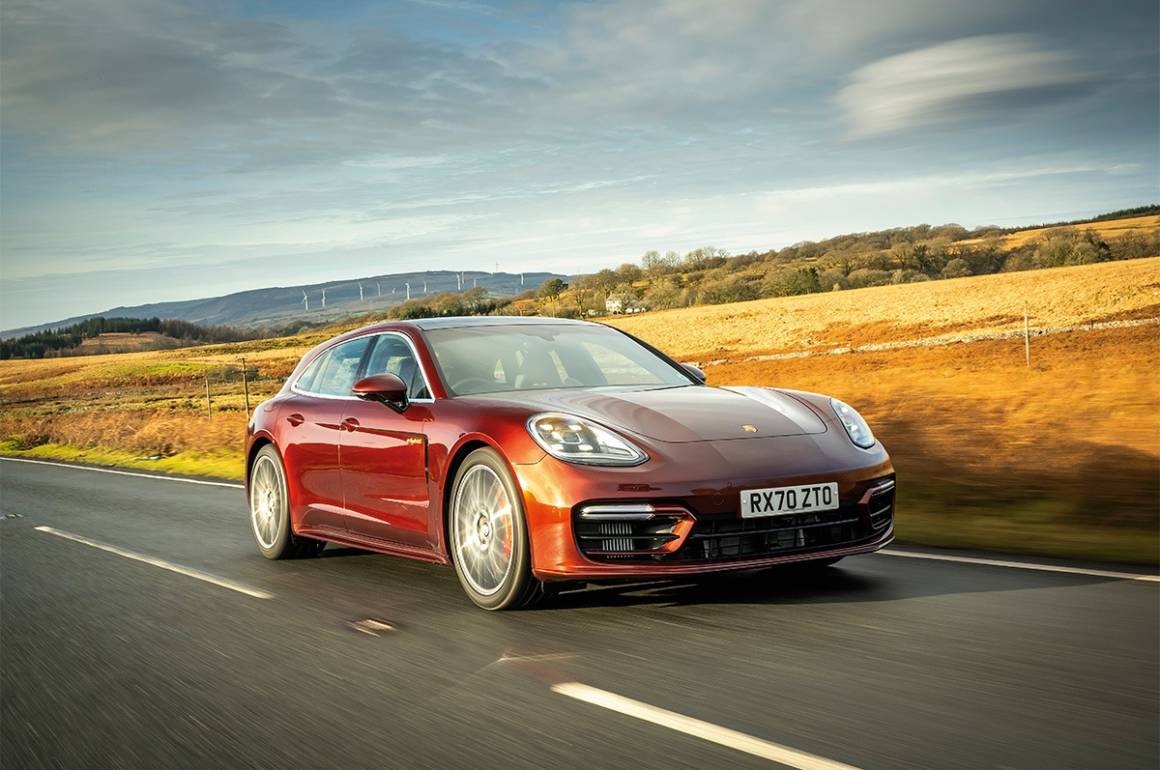
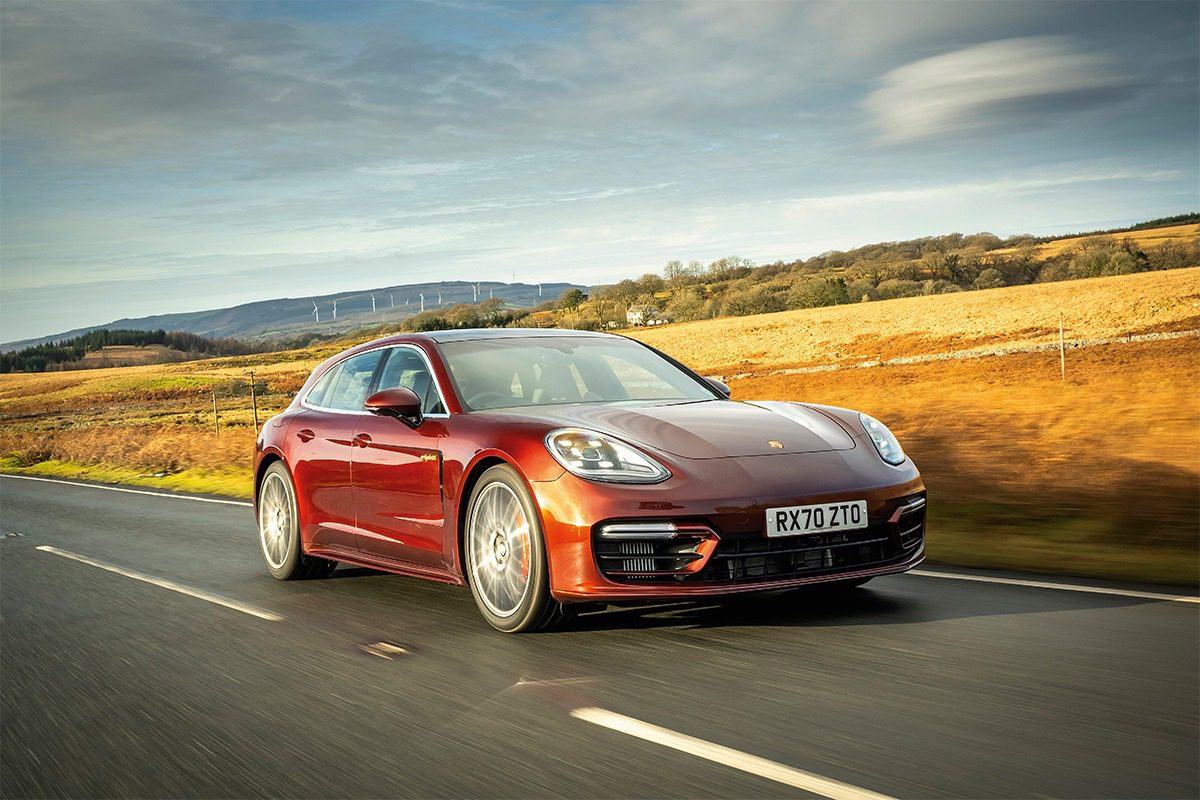
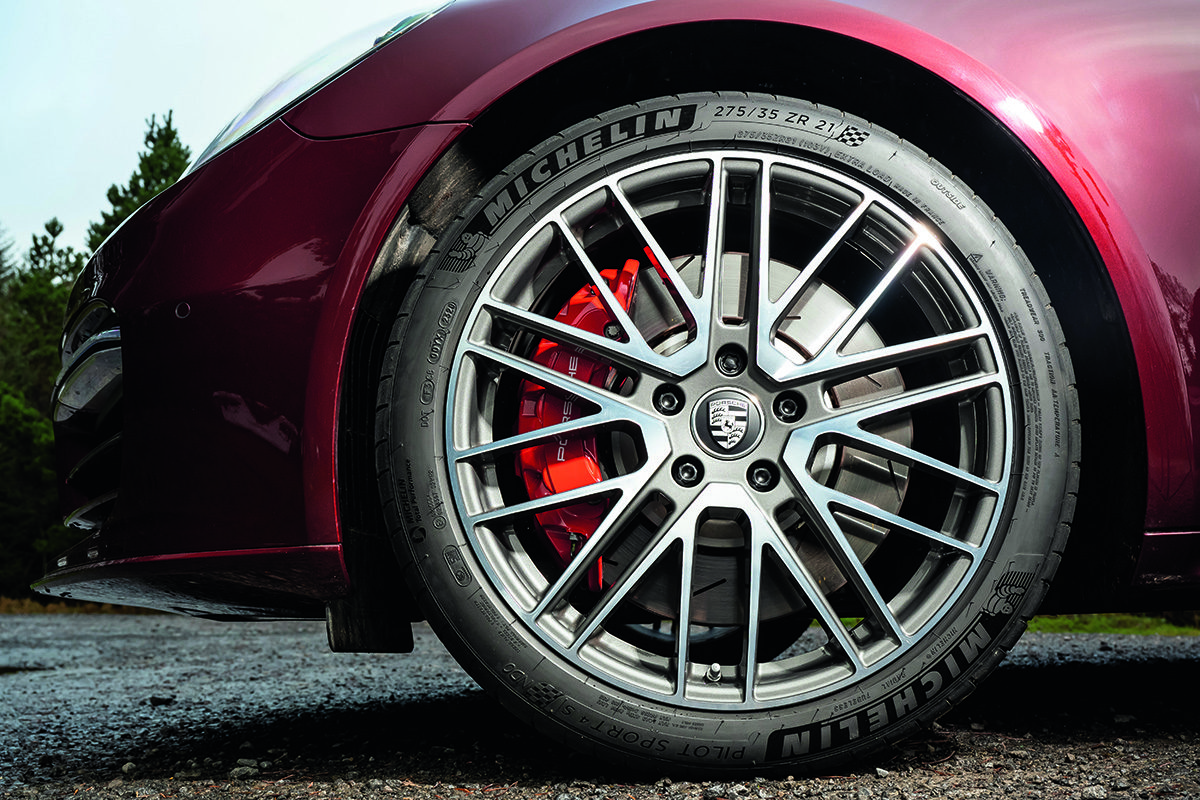
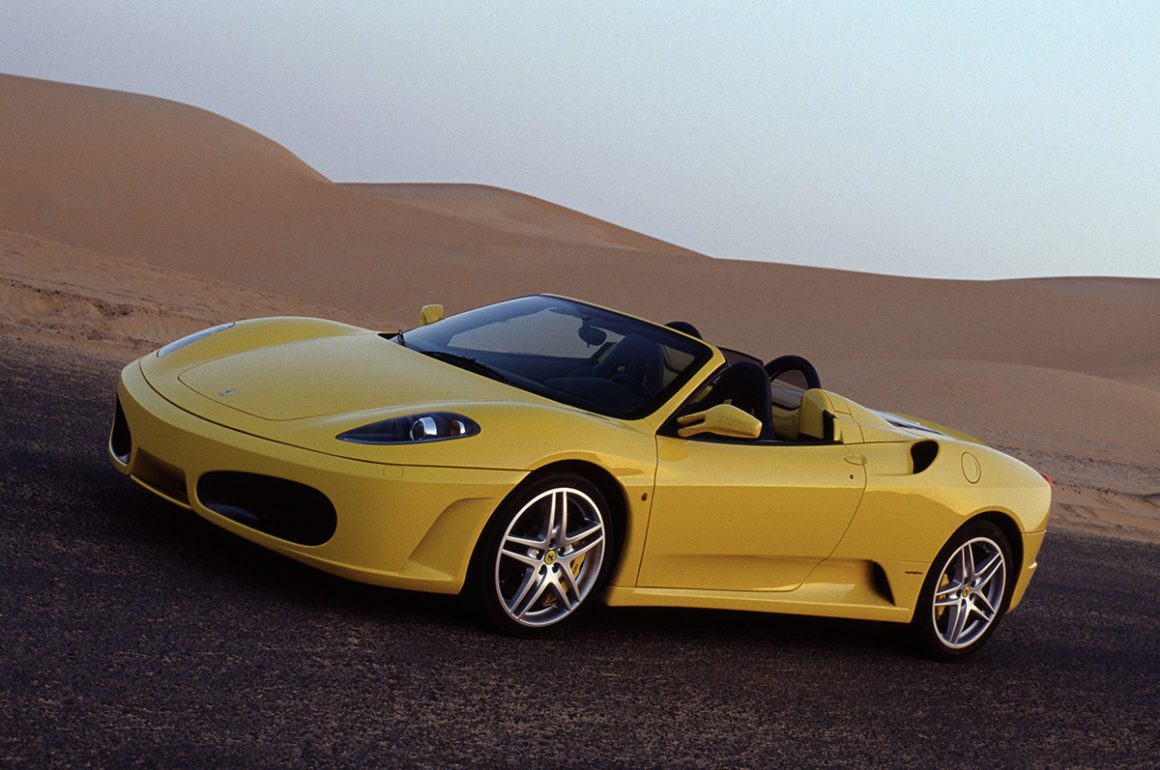
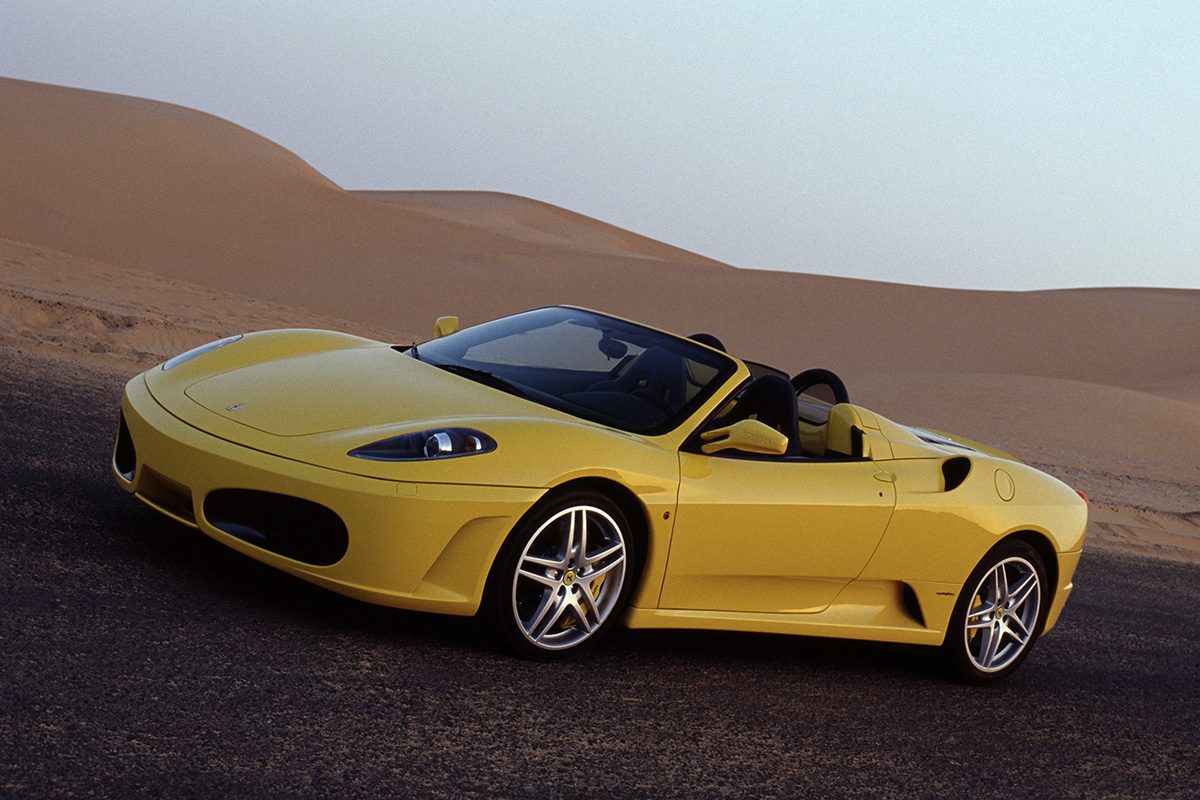
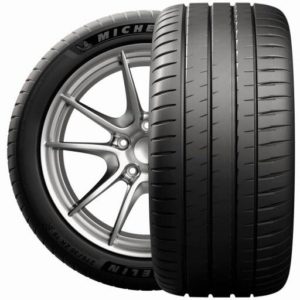
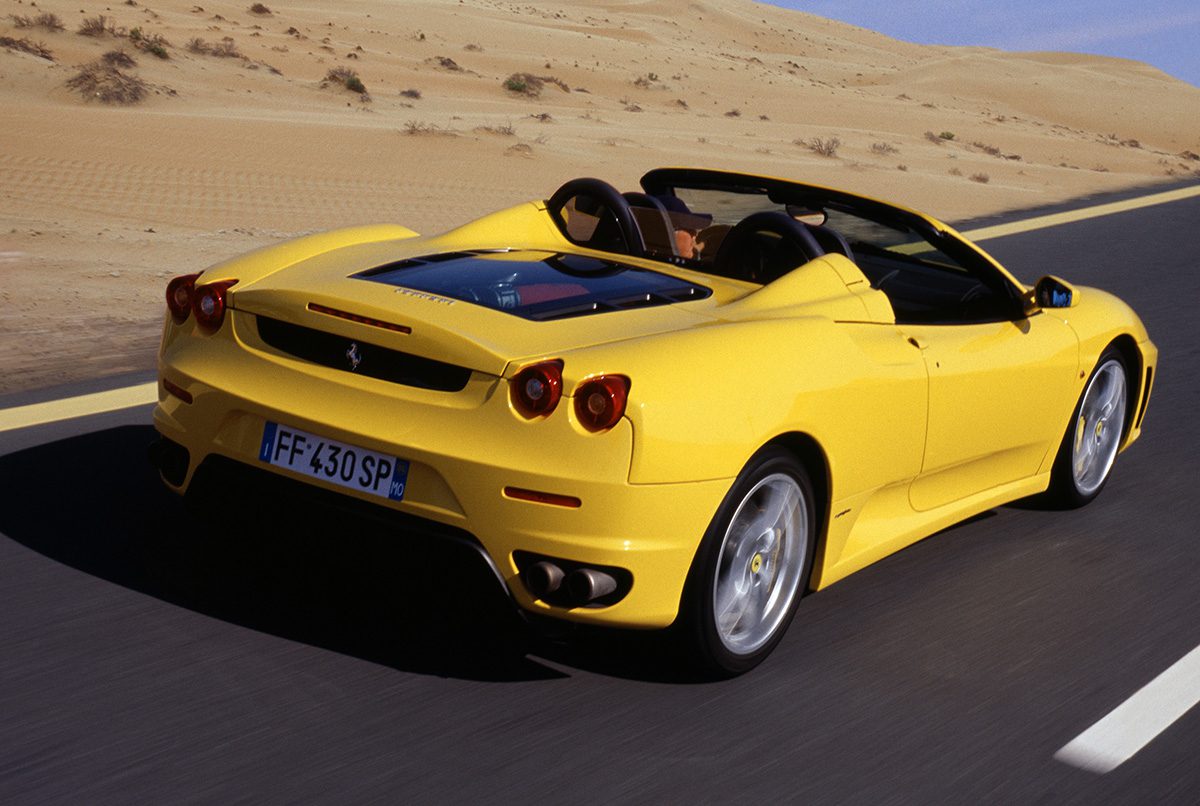





Recent Comments